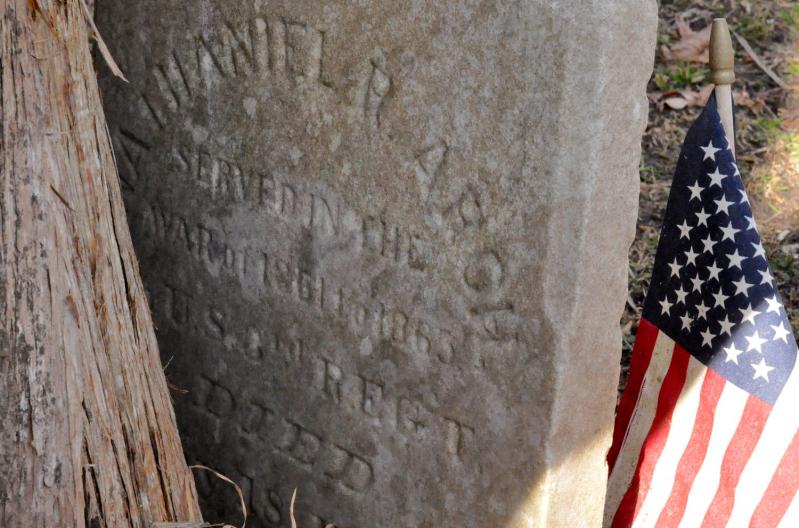There is a little-known gravesite in East Hampton where the remains of Nathaniel R. Arch, a genuine United States war hero, lie.
To reach Arch’s resting place, you have to know which private driveway to walk up off Three Mile Harbor Road, then where to turn to eventually reach the small, white-fenced plot. There, on a marble headstone nearly engulfed by a cedar tree, you can read the inscription:
Nathaniel R. Arch
Served in the
War of 1861-1865
in U.S. 3rd Regt.
Died
May 18, 1894
What makes Arch so remarkable is that the 3rd is considered among the first United States Colored Troops units to play a defining role in an engagement. The 3rd was instrumental in the capture of the Confederate positions at Fort Wagner and Fort Gregg in South Carolina in September 1863. The 3rd, along with the 104th Pennsylvania Volunteer Infantry, was the first to enter Fort Wagner after the rebel force fled.
If he is the same man, a Nathaniel R. Arch first enlisted in the Navy in 1863 when he was 40. He was described in the official record for Oct. 24 of that year as a mariner, about 5 feet 4 inches tall with a scar on his right thigh and “R. Arch,” tattooed presumably, on his chest. Apparently, many men joining the Navy marked themselves in some way; John Bolton, a Black cook who enlisted the same day as Arch, had his name on his left forearm, as did Thomas Booth, a Scot, with “TB” also on his arm.
Arch turns up living in East Hampton in 1890 on a list of war survivors as a soldier. A pension record also that year confirms him as a private in the 3rd United States Colored Infantry Regiment, which had mustered in Philadelphia.
I knew nothing about Arch until this year, when Betsy Petroski, who lives on an adjoining property, showed me his gravesite. I had gotten in touch with her in connection with a piece I had been writing about the Freetown Chapel, but Arch’s gravesite came as a complete surprise.
The story of East Hampton’s Black forebears is likewise little known — not to everyone, however. When Betsy and I finally managed to meet up and she took me around the corner to see the headstone for myself, there was a small American flag placed next to it. Someone had remembered.

